Google’s Latest Updates: Material You style, AI image generation, message drafts, and profile notices
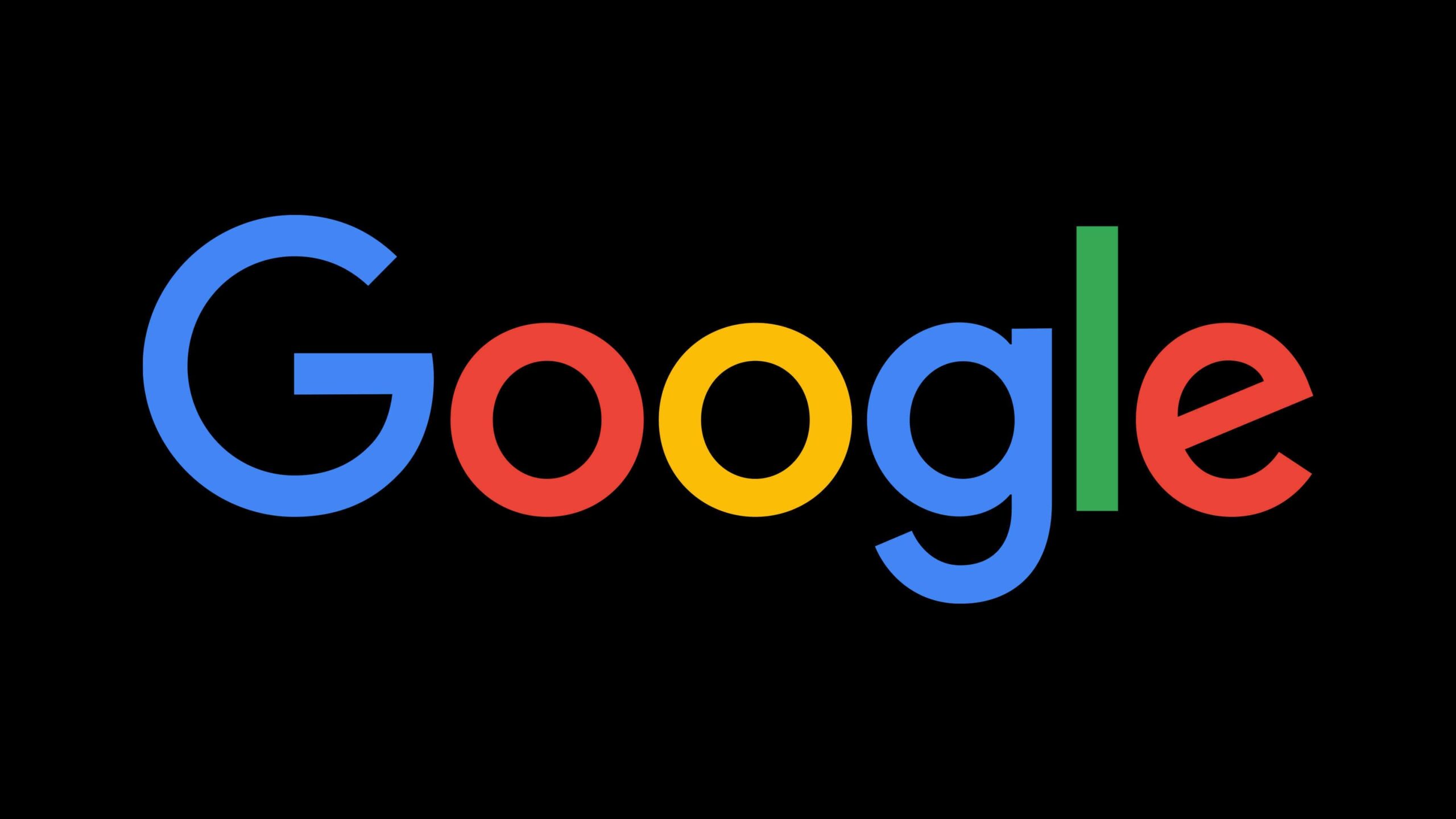
In its recent updates, Google has introduced several new features across its ecosystem, enhancing user experience with a refreshed design, AI integration, and quality-of-life improvements in its popular services like Google Discover, Google Messages, Google Docs, and WhatsApp. Here’s a detailed look at what’s new and what to expect.
1. Google Discover’s Fresh Look with Material You Design
Google Discover, the personalized news feed integrated into the Google app, is getting a visual update that adopts Google’s Material You design philosophy. However, unlike a complete redesign seen in other Google apps, these changes are subtle and focused on improving the look and feel.
Key Updates in Design:
- Circular Add Button: Some news cards now feature a prominent circular “+” button in the top-right corner, allowing users to engage with content more intuitively.
- Merged Image and Title Layout: In the new layout, the image and title are combined in a single card with rounded corners. The visual line separating each card has been removed, giving the feed a cleaner, more streamlined look.
- Visual Consistency: The updated design aligns with Google’s broader Material You theme, offering a cohesive look across Google’s suite of apps.
Availability and Rollout:
- The redesign appears to be in a limited testing phase. Not all users have access yet, and it may be restricted to specific devices or regions. For instance, the new design has been spotted on the Pixel 9 Pro Fold, but not all devices, like the Pixel 8, are displaying the changes.
Ongoing Experimentation:
- Google often tests design changes with a subset of users before a broader rollout. This might explain why the new look isn’t widespread yet. The updates started appearing in October, suggesting it may still be part of the beta testing phase.
2. Google Messages Adds “Sending As” Profile Notice
Google Messages has introduced a new feature aimed at providing more transparency during RCS (Rich Communication Services) chats. This update shows a “Sending as” notice above the text field, indicating the profile name and picture you are using.
Key Features:
- “Sending As” Notification: Displays your Google Account profile picture and name above the text input field, clarifying the identity being used to send messages, especially useful in group chats.
- Profile Sharing Control: Users can manage who sees their profile information:
- People you message: Profile visible after sending a message.
- Only your contacts: Visible only to contacts after sending a message.
- No one: Profile remains hidden.
Enhanced Privacy:
- If users accidentally share their profile with a spam contact, they can block and report the conversation, removing access to their profile information immediately.
Availability:
- This feature is being rolled out through the Google Messages beta version (20241112_00_RC00) and has also appeared in the stable release (20241029_00_RC01).
3. Google Docs Integrates Imagen 3 AI for Image Generation via Gemini
Google continues to enhance its productivity suite with the integration of advanced AI capabilities. The latest update brings Imagen 3, an AI-powered image generation model, to Google Docs, leveraging Google’s Gemini AI platform.
How It Works:
- Image Generation Tool: Users can now create images directly within Google Docs by navigating to
Insert > Image > Help me create an image. By entering a text prompt, users can generate custom images tailored to their documents. - Customization Options: The feature allows setting specific aspect ratios, sizes, and styles such as Photo, Vector Art, Sketch, Watercolor, and more. This eliminates the need for external image searches and resizing.
Availability:
- The AI image generation feature is exclusive to paid subscribers of Google’s AI-enhanced plans, including Gemini Business, Gemini Enterprise, and Google One AI Premium. The rollout is expected in the coming weeks.
Enhanced Productivity:
- This integration aims to streamline the document creation process, allowing users to generate relevant visuals on the fly, saving time on searching and editing images.
4. WhatsApp Introduces Message Drafts for Better User Experience
WhatsApp has finally added a much-needed feature: message drafts, allowing users to easily manage unfinished messages. This update enhances the user experience by ensuring that important unsent messages are not lost.
Feature Highlights:
- Draft Indicator: If a message is typed but not sent, WhatsApp now shows a “Draft” label in green, along with a preview of the typed text. This ensures users can quickly spot unsent messages when they return to the chat.
- Prioritized Chats: Chats with drafts appear at the top of the chat list, making it easier to locate and complete unfinished conversations.
Availability:
- This feature is now available globally across all versions of the WhatsApp app, providing a seamless experience for its over 100 million active users.
Additional Updates:
- WhatsApp has also rolled out a built-in address book and custom chat lists, helping users better organize their conversations.
Conclusion: A Unified Push for Enhanced User Experience
These updates reflect Google’s and WhatsApp’s ongoing efforts to enhance user interaction and productivity across their platforms:
- Google Discover’s new look brings visual consistency and a more engaging interface aligned with Material You.
- Google Messages’ profile notice feature improves transparency and control over identity sharing in chats.
- AI-powered image generation in Google Docs via Imagen 3 aims to boost creativity and productivity in document creation.
- WhatsApp’s message draft feature solves a long-standing issue, helping users manage their conversations effectively.
Overall, these changes highlight a shift towards a more streamlined, user-friendly experience, with a strong emphasis on personalization, visual appeal, and the integration of AI capabilities to enhance productivity. Stay tuned as these features continue to roll out and improve the daily experience of millions of users worldwide.
Android
Android 16 enhances notification privacy and introduces integrated screen dimming
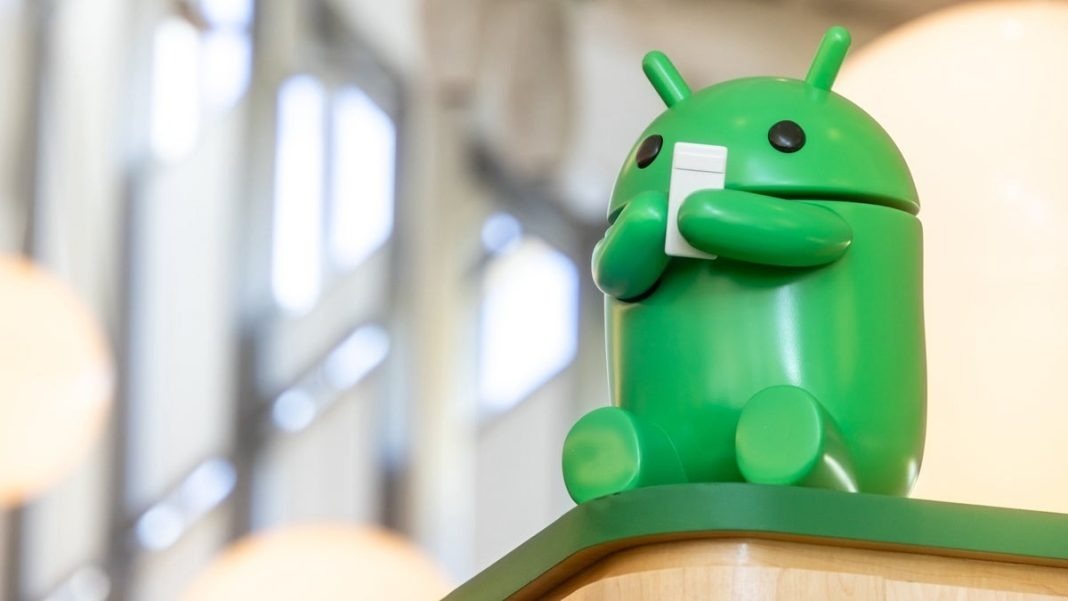
Android 16 is already making waves with its first developer preview (DP1), introducing two notable features that improve privacy and usability: automatic hiding of sensitive notifications on the lock screen and seamless integration of screen dimming functionality into the brightness bar. These updates aim to enhance user experience while prioritizing data security and convenience.
Protecting Sensitive Notifications on the Lock Screen
Lock screen notifications offer quick access to updates, but they can expose sensitive information to prying eyes, especially if your device is lost or stolen. Android 16 tackles this issue by automatically hiding the contents of sensitive notifications, particularly those containing one-time passwords (OTPs) and two-factor authentication (2FA) codes.
In Android 16 DP1, notifications deemed “sensitive” by the Android System Intelligence service are automatically redacted on the lock screen, regardless of your notification settings. While users can still control how notifications are displayed—choosing to hide titles, summaries, or all notification content—this feature ensures that sensitive information is protected by default.
This builds on privacy enhancements introduced in Android 15, where untrusted apps were blocked from accessing sensitive notifications, even with notification-reading permissions. Android 16 takes it a step further by ensuring these notifications are redacted on the lock screen itself, safeguarding your data from potential breaches.
Evolving Lock Screen Notification Settings
The updated lock screen notification settings in Android 16 provide flexible options:
- Sensitive Notifications Setting: Allows you to hide titles and summaries for all notifications, while still displaying app icons.
- Lock Screen Notification Control: Lets you choose to show all, hide specific categories like conversations, or hide all notifications entirely.
However, many users stick to default settings, which display full notification content. Android 16 ensures that even in this default mode, sensitive OTP notifications remain hidden, preventing accidental exposure.
Even Dimmer: A Smarter Screen Dimming Solution
Alongside privacy enhancements, Android 16 DP1 introduces “Even Dimmer,” a more integrated version of the existing Extra Dim mode. This feature simplifies the process of reducing screen brightness for comfortable viewing in low-light conditions.
Previously, the Extra Dim feature had to be activated manually via Settings > Accessibility or through a Quick Settings tile. While effective, it required extra steps and could easily be forgotten. With Even Dimmer, the functionality is embedded directly into the brightness bar. Sliding the bar to its lowest point now triggers an additional dimming layer, making it intuitive and accessible.
Why Even Dimmer is a Game-Changer
- Seamless Integration: Even Dimmer removes the need for separate toggles, blending directly into everyday brightness adjustments.
- Quick Deactivation: Simply increasing the brightness disables the feature, reducing the chance of accidentally leaving it on.
- Eliminates Redundancy: The Extra Dim feature will be removed once Even Dimmer is fully rolled out, simplifying the interface further.
Availability and Device-Specific Rollout
Curiously, Even Dimmer is not universally available across all Pixel devices running Android 16 DP1. For now, it seems limited to the base Pixel 9, where the feature is enabled through a device-specific framework overlay. Other Pixel models, including the Pixel 6, 8, and 8a, lack this feature in the current preview.
Google may expand availability in future updates or adjust the rollout based on testing and feedback. However, this selective activation suggests it might be fine-tuning the feature for broader compatibility.
What to Expect from Android 16
While Android 16 is still in its early stages, the inclusion of these features reflects Google’s focus on balancing usability with security. The automatic hiding of sensitive notifications and the streamlined dimming functionality highlight the platform’s evolution toward a smarter, more user-centric design.
As Google refines these features in upcoming developer previews, Android users can look forward to a safer and more convenient experience in the final release. Whether it’s protecting your private data or making your screen easier on the eyes, Android 16 sets a new standard for mobile operating systems.
Android
Google enhances Android data transfer and app login features: What to Expect in 2025

Google is making it easier to set up Android devices with new features aimed at improving data transfers and app logins. These advancements, introduced with the Pixel 9 and expanding across more Android devices in 2025, aim to simplify the user experience when switching devices or setting up a new phone.
Post-Setup Data Transfer: Explore First, Transfer Later
With the Pixel 9 running Android 14, Google introduced a flexible data transfer option. Users can now copy data from another device even after completing the initial setup. This feature, accessible through the “Back up or copy data” page in system settings, encourages users to explore their new device before transferring data.
Starting in 2025, this post-setup transfer capability will be available on more Android phones. This feature allows users to complete basic setup quickly and transfer data later when it’s convenient. Data transfers can be initiated via system settings or through the updated Android Switch app, which is available on both Android and iOS platforms.
Faster and Smarter Android Switch Experience
Google has been improving the Android Switch process for the past two years, focusing on speed and convenience. Key highlights include:
- 40% Faster Transfers: Transferring data from iOS to Android using a cable is now significantly quicker compared to 2023.
- Comprehensive Data Support: The transfer process ensures that critical data like chats, calendars, contacts, Wi-Fi configurations, screen lock settings, and Google accounts are seamlessly moved to the new device.
- RCS Compatibility: Rich Communication Services (RCS) improve messaging capabilities during the transition. Users can enjoy high-resolution media sharing, emoji reactions, and group chat management regardless of whether friends use Android or iOS.
However, full RCS data transfers are currently exclusive to Pixel 9 and are not yet available for other Android devices.
Credential Manager: Stay Logged In Effortlessly
Google is also addressing the hassle of logging back into apps after setting up a new device. The Credential Manager API, a tool responsible for managing sign-ins and passkeys, now includes a feature called Restore Credentials.
How Restore Credentials Works:
- Backup Creation: When users log into an app, a restore key is created and stored securely. This key is encrypted and saved either locally or in cloud backups, depending on the user’s preferences.
- Seamless Transfer: During device setup, restore keys are transferred along with app data—either via local device-to-device transfer or through cloud backup.
- Automatic Login: Once the app is launched on the new device, it retrieves the restore key to sign the user back in automatically.
This process eliminates the need for manual logins and even allows users to receive notifications and access app content without opening the app first.
Developer Integration:
- No additional developer work is needed for transferring restore keys, as the Android backup and restore mechanism handles this automatically.
- Developers can further enhance the experience by implementing a “backup agent,” enabling silent logins so users remain signed in without launching the app.
Availability and Future Outlook
The Restore Credentials API is currently in developer preview and supports Android 9 and later versions. With these features expanding across Android devices in 2025, Google is set to make device setup and data transfer smoother than ever.
By focusing on user-friendly innovations like post-setup data copying and automatic app logins, Google is redefining how Android users transition to new devices while ensuring data security and convenience.
Google’s Key Updates: Developer tools, Google TV streamer availability, and Maps timeline changes

In the fast-evolving tech world, Google’s recent advancements highlight their dedication to improving user and developer experiences. From enhancing developer tools for Android to resolving Google TV Streamer availability issues and rolling out significant updates to Maps’ Location History, here’s an in-depth look at the latest changes.
1. Empowering App Developers with Enhanced Tools
The foundation of your favorite apps lies in the software tools developers use to build them. While Android itself provides the core platform, it’s the apps layered on top that make smartphones indispensable. For this reason, Google’s updates to its developer tools are as crucial as any Android update.
Why Developer Tools Matter
Developing high-quality apps requires powerful tools, and Google’s Android Studio and associated utilities are essential for app creators. Recently, Google improved the Android Emulator, a vital tool for testing apps. Previously, the emulator was prone to slowdowns and crashes, even on high-performance computers. With the latest updates, performance has significantly improved, allowing developers to work more efficiently. While there’s still room for improvement, this marks a big step forward.
A Lesson from the Past
In Android’s early days, subpar developer tools flooded the Play Store with poorly designed apps. Recognizing this, Google prioritized better tools to support developers, fostering innovation and ensuring a higher quality of apps for users. Whether you’re a seasoned professional or a novice, these updates make creating Android apps more accessible and rewarding.
2. Google TV Streamer: Finally In Stock
Since its launch in September, the Google TV Streamer has faced significant stock shortages due to high demand. However, availability has now stabilized, making it easier to purchase just in time for the holiday season.
Where to Buy the Google TV Streamer
- Google Store: Both “Porcelain” and “Hazel” color options are in stock, with estimated delivery times of 5-7 days.
- Retailers: Best Buy has in-store availability, while Amazon now offers Prime delivery after weeks of limited stock.
This improved availability is welcome news for consumers seeking an affordable and versatile streaming device. Additionally, the Chromecast with Google TV remains a budget-friendly alternative and is widely available.
3. Major Changes to Google Maps’ Timeline and Location History
Google Maps is undergoing a significant overhaul of its Location History feature, now renamed Timeline. This change prioritizes user privacy by shifting data storage from the cloud to local devices.
What’s New?
- On-Device Storage: Timeline data will now stay on your phone, ensuring greater privacy. This change also means Google can no longer provide data for geofence warrants.
- Device-Specific Data: Unlike before, multiple devices can no longer contribute to a shared Timeline.
- Backup and Transfer Options: New tools will allow users to back up or transfer Timeline data between devices.
Impact on Users
While this change enhances privacy, it also brings limitations. Timelines will no longer be accessible on the web, and users must take action if they wish to retain their data. Google will notify users via email and app notifications, providing approximately six months to decide whether to back up or delete their Timeline data.
Rollout Timeline
This update is rolling out gradually through 2024. If you haven’t received a notification yet, there’s no immediate action required. Google assures users they’ll have ample time—around six months after being notified—to decide what to do with their data.
Why These Updates Matter
Google’s efforts to enhance developer tools, improve hardware availability, and prioritize user privacy reflect their commitment to both innovation and consumer satisfaction. Whether you’re a developer creating the next great app, a user looking for seamless streaming, or someone concerned about digital privacy, these updates deliver meaningful improvements.
With these advancements, Google continues to shape the tech landscape, ensuring its ecosystem remains a leader in usability, accessibility, and security.
-
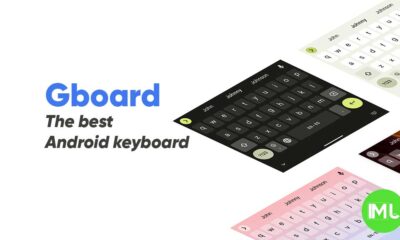
 Apps9 months ago
Apps9 months agoGboard Proofread feature will support selected text
-
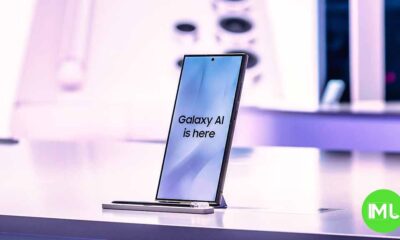
 News9 months ago
News9 months agoSamsung USA crafting One UI 6.1.1
-

 News8 months ago
News8 months agoBreaking: Samsung Galaxy S22 may get Galaxy AI features
-
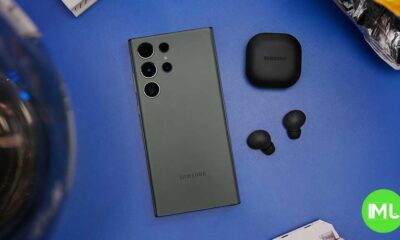
 News8 months ago
News8 months agoSamsung Galaxy S23 Ultra with One UI 6.1 and all S24 AI features revealed
-

 News9 months ago
News9 months agoOne UI 6.1 Auracast (Bluetooth LE Audio) feature coming to many Samsung phones
-

 News9 months ago
News9 months agoSatellite SOS feature coming to Google Pixel phones, evidence leaked
-
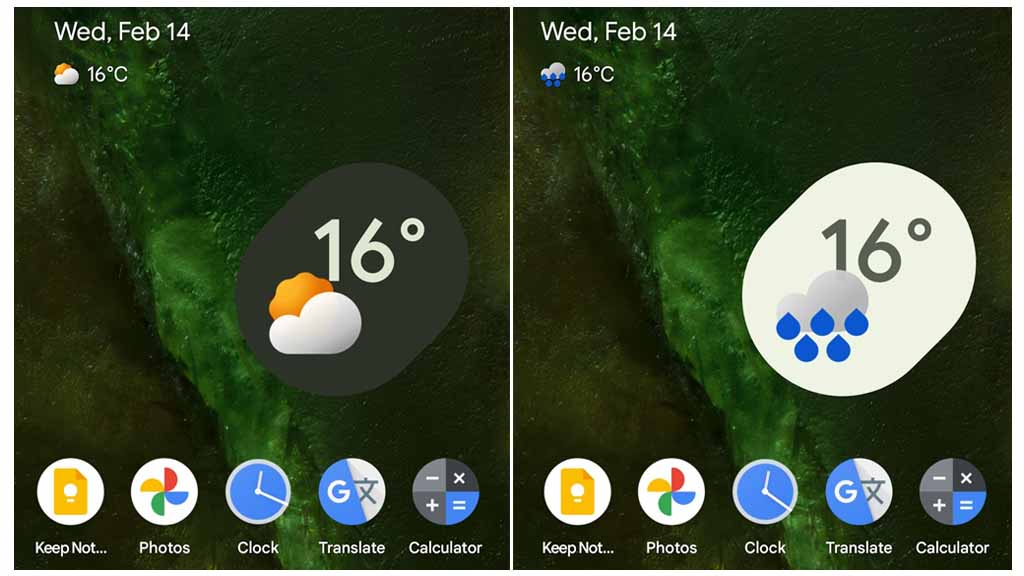
 Apps6 months ago
Apps6 months agoGoogle’s fancy new Weather app is finally available for more Android phones
-
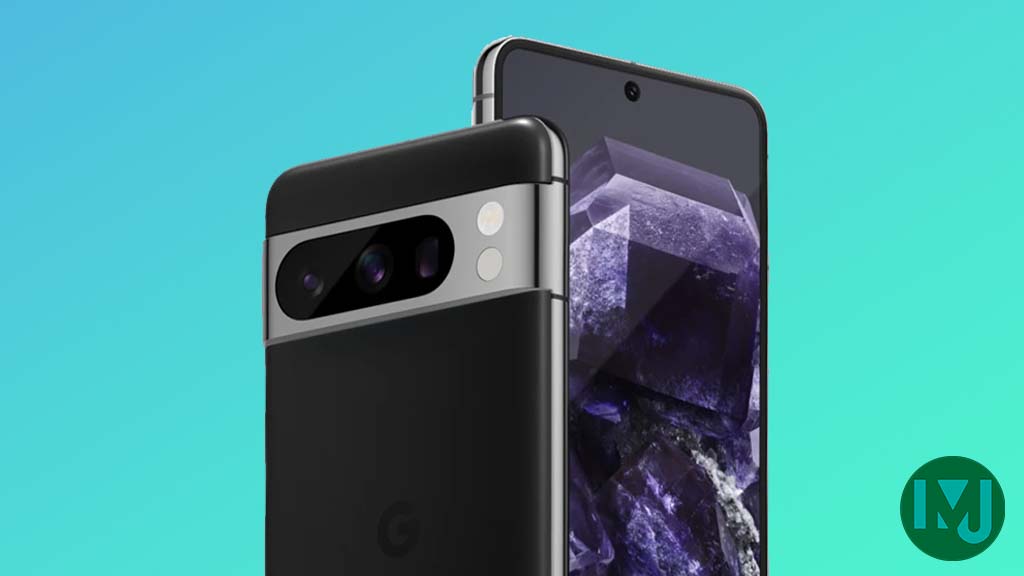
 News9 months ago
News9 months agoGoogle Pixel evolves as Europe’s third best selling flagship






